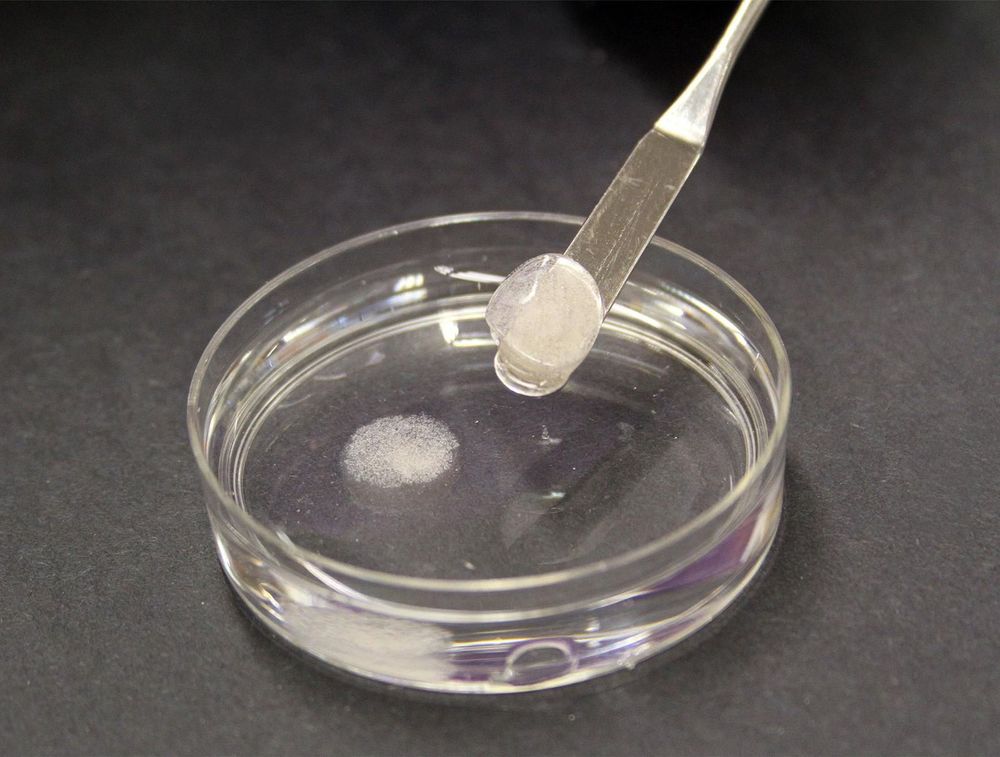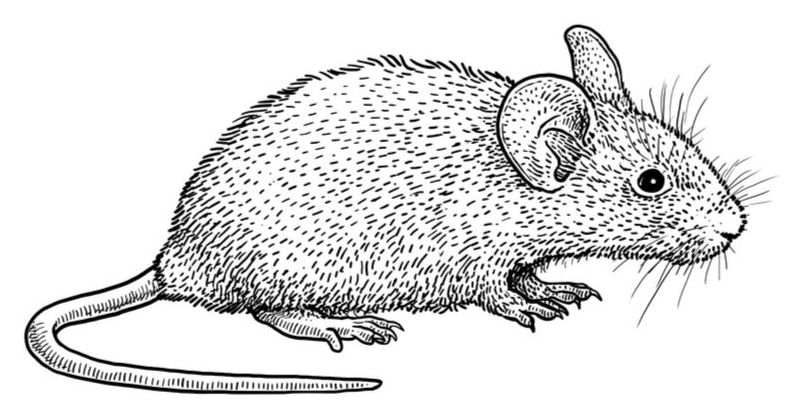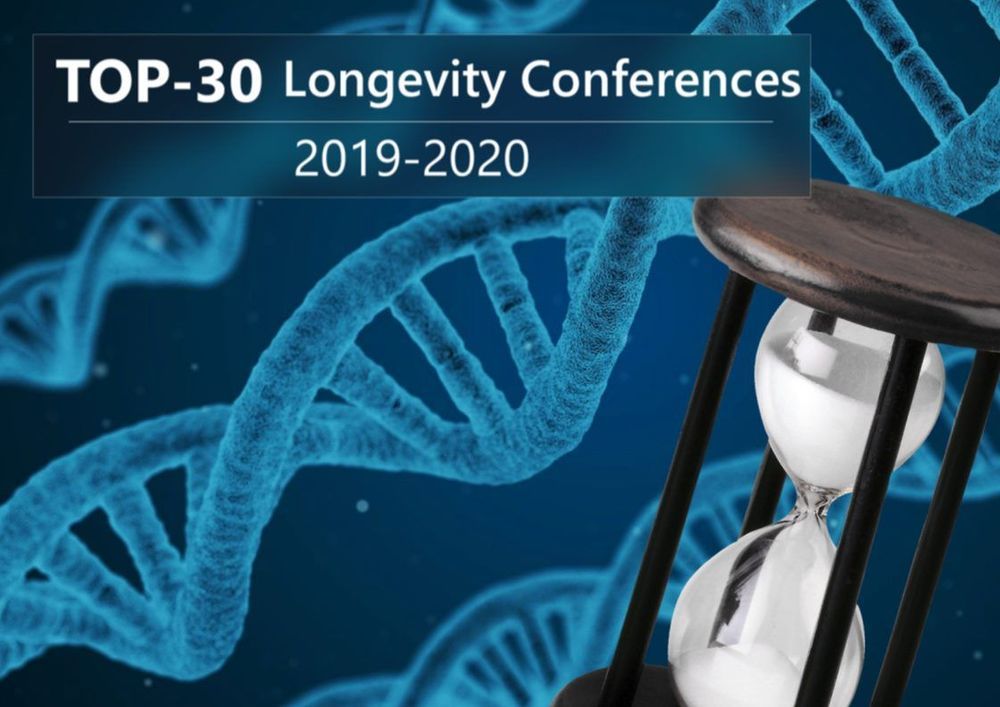My mission is to drastically improve your life by helping you break bad habits, build and keep new healthy habits to make you the best version of yourself. I read the books and do all the research and share my findings with you!
This video is an interview of Dr. Aubrey de Grey @ SENS on July 17, 2019. My wife, Lauren Nally, was our camerawoman.
- Please consider a donation so I can continue to keep my YouTube ads off: My Bitcoin Cash (BCH) address: qr9gcfv92pzwfwa5hj9sqk3ptcnr5jss2g78n7w6f2 or https://www.paypal.me/BrentNally
- Please consider a donation to SENS: https://www.sens.org/
SHOW NOTES:
- Aubrey’s wikipedia: https://en.wikipedia.org/wiki/Aubrey_de_Grey
- SENS wikipedia: https://en.wikipedia.org/wiki/SENS_Research_Foundation
- like & follow SENS on Facebook: https://www.facebook.com/sensf/?ref=br_rs
- subscribe to Undoing Aging’s YouTube channel: https://www.youtube.com/channel/UCAwxbQhlE6qcTXmKcxkaCGA/videos
- follow Aubrey on Twitter: https://twitter.com/aubreydegrey
- follow SENS on Twitter: https://twitter.com/senstweet
- follow Aubrey on LinkedIn: https://www.linkedin.com/in/aubrey-de-grey-24260b/
- follow SENS on Instagram: https://www.instagram.com/sensresearchfoundation/
0:55 Type “Aubrey de Grey” into YouTube for lots of his lectures & interviews.
1:50 Update on the state of the anti-aging industry & explosion of private sector interest.
5:05 Intro for Aubrey
5:35 My May 30, 2019 interview with Sierra Sciences CEO Dr. Bill Andrews: https://www.youtube.com/watch?v=Tx9yG6iTROQ
6:25 diversity of messaging in anti-aging is increasing.
7:10 My July 10, 2019 interview with BioViva CEO Liz Parrish: https://www.youtube.com/watch?v=oBFTwGPaPr4
8:28 Aubrey shares his updated thoughts on the role of telomerase in cancer in humans.
12:00 Liz had here telomeres tested by SpectraCell Laboratories: https://www.spectracell.com/clinicians/products/telomere-testing/ & LifeLength: https://lifelength.com/
14:10 there has recently been more testing on humans in the field of the biology of aging.
15:44 It’s obvious to Aubrey & I that aging is a big problem but most people still don’t understand this.
18:40 profound difference between how scientists & technologists think.
22:11 Watch the documentary “The Immortalists” about Dr. Aubrey de Grey & Dr. Bill Andrews: https://www.theimmortalists.com/watch/?
22:58 updates on anti-aging investments & research projects.
30:01 stem cell therapy is intended to repair cell loss.
30:50: we have a massive funding problem to reverse human aging.
32:53 we must educate the public that aging is causing 100,000 deaths per day and funding biological age reversal research can change this.
36:52 Is human aging a disease?
44:10 FDA progress to treat age-related diseases/conditions.
47:38 World Health Organization ICD code progress to treat age-related diseases/conditions.
50:02 Trans-NIH Geroscience Interest Group (GSIG)
54:40 “triangular log jam” of funding with governments, scientists and public opinion.
56:30 Aubrey shares why SENS still exists.
1:00:38 Ethereum cryptocurrency founder Vitalik Buterin & other SENS donors.
1:01:55 Undoing Aging is a conference held every spring in Berlin, Germany.
1:04:53 July 2019 is Aubrey’s 2-year anniversary at AgeX as the VP of New Technology Discovery.
1:08:44 Jeff Bezos donated $100 million to Unity Biotechnology, Inc. (not Human Longevity Inc.) in 2018.
1:11:02 (Larry) Ellison Medical Foundation failure in reversing human aging.
1:14:15 Google co-founders creating Calico rather than investing in or donating to SENS
1:21: Aubrey shares details about his lifestyle as well as his recommendations for a healthy lifestyle.
1:24:25 Aubrey looks up to the longevity “foot soldiers“
1:28:42 do what you love as much as you can to avoid excess mental, physical and emotional stress.
1:30:40 Aubrey is following all longevity therapies to determine their safety & effectiveness.
1:32:20 my stem cells story & Aubrey’s feedback.
1:34:58 EmCell in Kyiv, Ukraine is the only company doing fetal stem cells therapy.
1:39:20 exosomes
1:41:00 I’ve had no reply from Ambrosia founder Jesse Karmazin since October 2018.
1:42:51 My March 26, 2019 interview with Dr. Ed Park at Recharge Biomedical: https://www.youtube.com/watch?v=xHgfYKsH0uw&list=UUCwpkla04t…qA&index=6
1:44:31 NAD+
1:47:39 gene therapy
1:53:37 please network on the internet & in person with other longevity enthusiasts to help grow this movement faster.
1:58:48 mitochondria
2:00:48 long lived animals
2:01:49 consider a donation to SENS
- Forever Labs 1 year free cryogenic storage discount code ($250 value): BN801





